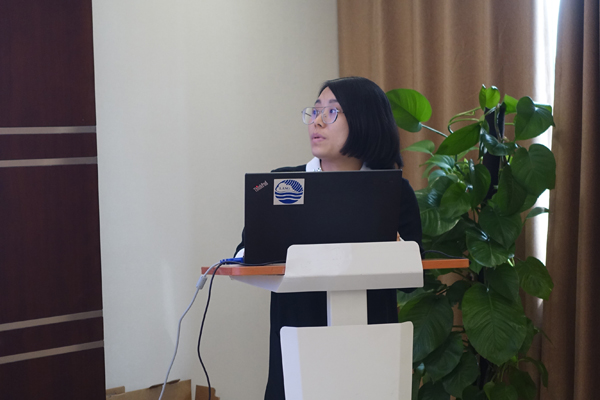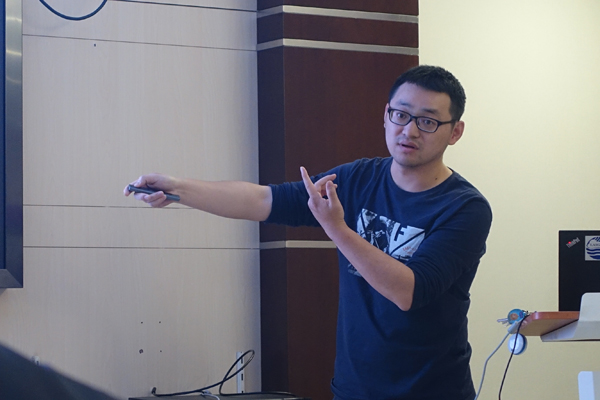
The relationship among probabilistic, deterministic and potential skills in predicting the ENSO for the past 161 years
刘婷 博士
自然资源部第二海洋研究所
2019年4月19日(星期五)14:00
3号楼1118会议室
报告会主持人:丁瑞强 研究员
Abstract
We explored in depth the relationship among the deterministic predictability skill, the probabilistic predictability skill and the potential predictability skill. This was achieved by theoretical analyses and, in particular, by an analysis of long-term ensemble ENSO hindcast over 161 years from 1856 to 2016. Frist, a nonlinear monotonic relationship between the deterministic predictability and the probabilistic predictability, derived by theoretical analysis, was examined and validated using the ensemble hindcast. Further, the covariability between the potential predictability and the deterministic predictability was explored in both perfect model assumption and actual model scenario. On these bases, we investigated the relationship between the potential predictability and probabilistic predictability from both the practice of ENSO forecast and theoretical perspective. The results of the study indicate that there are nonlinear monotonic relationships among these three kinds of predictability measures. The potential predictability is considered to be a good indicator for the actual predictability in terms of both the deterministic measures and the probabilistic framework. The relationships identified here exhibit considerable significant practical sense to conduct predictability researches, which provide an inexpensive and moderate approach for inquiring prediction uncertainties without the requirement of costly ensemble experiments.
______________________________________________________________

Linkage between westerly wind bursts and tropical cyclones
连涛 博士
自然资源部第二海洋研究所
2019年4月19日(星期五)15:00
3号楼1118会议室
报告会主持人:丁瑞强 研究员
Abstract
The westerly wind burst (WWB) in the equatorial Pacific strongly impacts on the genesis and diversity of El Ni?o, as manifested by its crucial role in the 2014-2016 El Ni?o events. However, the origin of WWB is still far from clear, rendering El Ni?o prediction a persistently challenging task. Here we confirm a robust linkage between WWB and tropical cyclone (TC) from a set of observational and reanalysis data. Specifically, about 69% of WWBs were closely associated with TCs in the western tropical Pacific, and the three-dimensional structure of WWBs highly resembled that of TCs. Such a close relationship readily explains not only the unidirectional and intermittent nature of WWBs, but also the state-dependency, seasonality and spatial distribution of these bursts. An important implication is that, with skillful seasonal forecast of WWB-associated TCs, we may be able to predict the seasonal activity of WWBs and thus improve El Ni?o prediction.